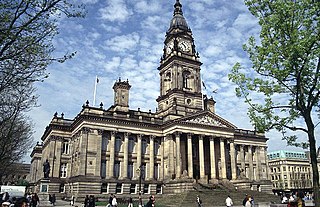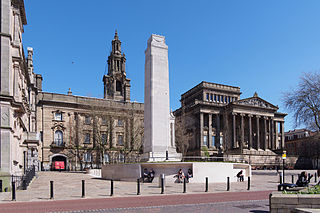
Farnworth is a town and an unparished area within the Metropolitan Borough of Bolton in Greater Manchester, England. It is located 2.3 miles (3.7 km) southeast of Bolton, 4.3 miles south-west of Bury (7 km), and 7.5 miles (12.1 km) northwest of Manchester.

Worsley is a town in Greater Manchester, England, which in 2014 had a population of 10,090. It lies along Worsley Brook, 5.75 miles (9.25 km) west of Manchester. The M60 motorway bisects the area.

Kearsley is a town in the Metropolitan Borough of Bolton, Greater Manchester, England. The population at the 2011 census was 14,212. Historically part of Lancashire, it lies 8 miles (13 km) northwest of Manchester, 5 miles (8 km) southwest of Bury and 3 3⁄4 miles (6 km) south of Bolton.
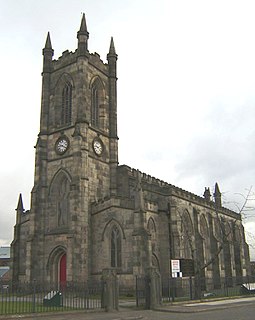
Pendleton is an inner city suburb of Salford, Greater Manchester, England, 2 miles (3.2 km) from Manchester city centre. The A6 dual carriageway skirts the east of the district.

Lostock is a mostly residential district of Bolton in Greater Manchester, England. It lies 3.5 miles (5.6 km) west of Bolton town centre and 18.1 miles (29.1 km) northwest of Manchester. Historically part of Lancashire, Lostock is bounded by Deane to the southeast, Markland Hill to the northeast and the Middlebrook development, including Bolton Wanderers' football ground, the University of Bolton Stadium in nearby Horwich. Lostock, alongside Heaton and Edgworth, is known for being one of the most expensive places to live in Bolton.
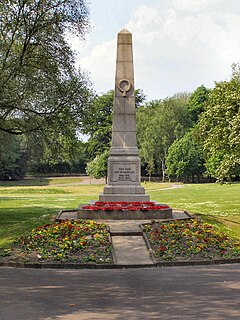
Walkden is a suburban town in the City of Salford, Greater Manchester, England, 6 miles (9.7 km) northwest of Salford, and 7 miles (11.3 km) of Manchester.
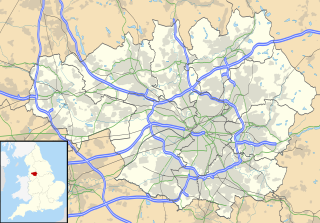
Heaton is a mostly residential district and council ward of Bolton, Greater Manchester, England. It lies about two miles north west of Bolton town centre. It is bounded by Deane to the south, Markland Hill to the west and Smithills and Halliwell to the north.

The Municipal Borough of Farnworth was a local government district centred on the town of Farnworth in the administrative county of Greater Manchester, England. A local board of health had been established for Farnworth in 1863, which was reconstituted as an urban district in 1899, before being granted a charter of incorporation to become a municipal borough in 1939. Following abolition of the local authority in 1974, Farnworth became an unparished area of the Metropolitan Borough of Bolton in Greater Manchester.
Rumworth is an electoral ward of Bolton, in Greater Manchester, England. The population of this ward at the 2011 census was 16,250. Historically it was part of the hundred of Salford in Lancashire and centre of the Parish of Deane which once covered roughly half of the present Metropolitan Borough of Bolton. St Mary's Church on which the parish was centred was in the township of Rumworth.
Great Bolton was a township of the civil and ecclesiastical parish of Bolton le Moors in the Salford hundred of Lancashire, England. Despite its name, Great Bolton had a smaller acreage than its northern neighbour Little Bolton from which it was separated by the River Croal.
Longworth was a township of the civil and ecclesiastical parish of Bolton le Moors in the Salford hundred of Lancashire, England.
Sharples, a suburb of Bolton, was a township of the civil and ecclesiastical parish of Bolton le Moors in the Salford hundred of Lancashire, England. It lay 2½ miles north of Bolton. It contained the smaller settlements of Banktop, Sweet-Loves, High-Houses, Gale, Folds, Belmont, Piccadilly, Water-Meetings, Old Houses and part of Astley Bridge.
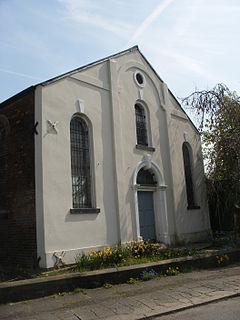
New Manchester or The City was an isolated mining community on the Manchester Coalfield north of Mosley Common in the Tyldesley township, England. It lies west of a boundary stone at Ellenbrook which marks the ancient boundary of the Hundreds of Salford and West Derby, the boundary of Eccles and Leigh ecclesiastical parishes, Tyldesley, Worsley and Little Hulton townships and the metropolitan districts of Wigan and Salford. The route of the Roman road from Manchester to Wigan and the Tyldesley Loopline passed south of the village. The Lancashire and Yorkshire Railway's Manchester to Southport line passed to the north.
Horwich was, from 1872 to 1974, a local government district centred on the town of Horwich in the administrative county of Lancashire, England.
Kearsley was, from 1865 to 1974, a local government district centred on the town of Kearsley in the administrative county of Lancashire, England.

Westhoughton was, from 1872 to 1974, a local government district centred on the town of Westhoughton in the administrative county of Lancashire, England.







